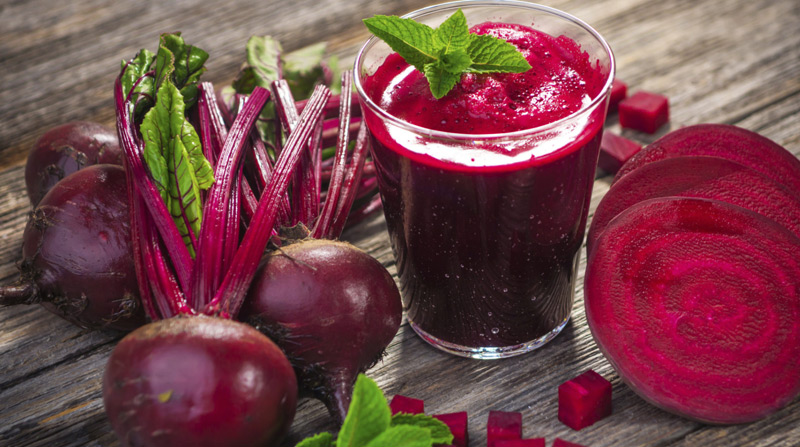amicitaacademy.com – A full-body workout is one of the most efficient ways to train your body. It targets multiple muscle groups in one session, helping to build strength, improve fitness, and burn calories. Whether you’re new to fitness or an experienced gym-goer, incorporating a basic full-body workout into your routine can offer tremendous benefits.
This article breaks down the essential elements of a basic full-body workout, how to perform the exercises, and why it’s effective for reaching your fitness goals.
Why Choose a Full-Body Workout?
Full-body workouts are designed to engage all the major muscle groups in your body—legs, chest, back, shoulders, arms, and core—in one go. Here are a few reasons why you should consider adding this type of workout to your routine:
- Time Efficiency: By targeting multiple muscle groups in a single session, you maximize the impact of each workout, saving time compared to isolated body part splits.
- Improved Strength: Working all muscle groups together helps build balanced strength, which improves functional fitness and muscle coordination.
- Calorie Burn: Engaging larger muscle groups like the legs, back, and chest in compound movements increases calorie expenditure, making it a great choice for fat loss.
- Better Recovery: Since you’re not working any one muscle group too intensely, full-body workouts allow your muscles to recover faster compared to more focused split routines.
- Versatility: Full-body workouts can be performed with bodyweight exercises, dumbbells, barbells, or kettlebells, making them adaptable to any fitness level or available equipment.
Basic Full-Body Workout Routine
This basic full-body workout is designed for beginners to intermediate fitness levels, focusing on compound movements that engage multiple muscle groups at once. It’s simple, effective, and can be done 2-3 times a week with a rest day in between to allow for recovery.
Warm-Up (5-10 minutes)
Before starting your workout, it’s important to get your body moving and increase blood flow to your muscles. A good warm-up can help prevent injury and improve performance.
- Jump Rope: 1-2 minutes
- Bodyweight Squats: 2 sets of 10-15 reps
- Arm Circles: 10-15 reps in each direction
- Hip Rotations: 10-15 reps per side
The Workout Routine:
Perform each exercise for 3 sets with 8-12 reps. Rest for 60-90 seconds between sets. As you progress, you can increase the weight or difficulty to continue challenging your body.
1. Squats (Legs & Glutes)
Squats are one of the best exercises to engage your lower body, building strength and stability in the legs and glutes.
How to Perform:
- Stand with your feet shoulder-width apart.
- Lower your body by bending at the hips and knees, keeping your chest up and your back straight.
- Go as low as you can while maintaining good form, ideally with your thighs parallel to the ground.
- Push through your heels to return to the starting position.
Modification: If you’re new to squatting, you can start with bodyweight squats. Once you’re comfortable, you can add dumbbells or a barbell to increase resistance.
2. Push-Ups (Chest & Triceps)
Push-ups are a great bodyweight exercise that targets the chest, shoulders, and triceps, while also engaging the core.
How to Perform:
- Start in a plank position with your hands slightly wider than shoulder-width apart.
- Lower your body by bending your elbows, keeping them at a 45-degree angle to your body.
- Lower yourself until your chest almost touches the ground, then push back up to the starting position.
Modification: If standard push-ups are too challenging, perform them on your knees or incline them by placing your hands on a bench or platform.
3. Dumbbell Rows (Back & Biceps)
Dumbbell rows are excellent for strengthening the upper back, shoulders, and biceps.
How to Perform:
- Stand with feet shoulder-width apart, holding a dumbbell in each hand.
- Hinge at the hips, keeping your back flat, and bend your knees slightly.
- Pull the dumbbells towards your hips, squeezing your shoulder blades together.
- Slowly lower the dumbbells back to the starting position, maintaining control.
Modification: If you don’t have dumbbells, you can use water bottles or resistance bands to perform rows.
4. Overhead Press (Shoulders)
The overhead press is a great exercise to target the shoulders, triceps, and upper chest.
How to Perform:
- Start by standing with your feet shoulder-width apart and holding a dumbbell or barbell at shoulder height.
- Press the weight overhead, extending your arms fully without locking your elbows.
- Lower the weight back down slowly to the starting position.
Modification: If overhead presses are too challenging, start with a lighter weight or use resistance bands.
5. Planks (Core)
Planks are a fundamental core exercise that also engages the shoulders and back, helping to build stability and strength in the entire body.
How to Perform:
- Start in a forearm plank position with your elbows directly beneath your shoulders.
- Keep your body in a straight line from head to heels, engaging your core.
- Hold this position for 30 seconds to 1 minute, focusing on keeping your body as still as possible.
Modification: If a full plank is too difficult, start on your knees or do a side plank to target your obliques.
6. Lunges (Legs & Glutes)
Lunges are a great unilateral exercise, meaning they work one side of your body at a time, which helps to address imbalances and build stability.
How to Perform:
- Stand tall with your feet hip-width apart.
- Take a step forward with one leg, lowering your hips until both knees form 90-degree angles.
- Push through your front heel to return to the starting position.
- Repeat on the other side.
Modification: If lunges are too challenging, reduce the range of motion or hold onto a wall or chair for support.
Cool Down (5-10 minutes)
After completing your workout, it’s important to cool down to reduce muscle soreness and promote flexibility. Stretching and light movement can help your muscles recover and prevent stiffness.
- Hamstring Stretch: Hold for 30 seconds per leg
- Chest Stretch: Hold for 30 seconds
- Quad Stretch: Hold for 30 seconds per leg
- Child’s Pose: Hold for 1 minute
Key Tips for Success
- Consistency is Key: Perform the workout 2-3 times a week, allowing at least one rest day in between. Consistency will lead to the best results over time.
- Progress Gradually: Start with a weight or level of difficulty that challenges you but doesn’t compromise your form. Gradually increase intensity by adding weight, reps, or sets as you get stronger.
- Focus on Form: Proper technique is essential for avoiding injuries and getting the most out of each exercise. If you’re unsure about your form, consider asking a trainer for guidance.
- Nutrition Matters: A well-balanced diet with adequate protein, healthy fats, and complex carbs will support muscle recovery and growth.
Conclusion
A basic full-body workout is a time-efficient and highly effective way to improve your overall fitness. By focusing on compound exercises that engage multiple muscle groups, you’ll build strength, burn fat, and improve your functional fitness. Stick with this routine for a few weeks, and you’ll likely notice significant improvements in your strength, endurance, and physique.






